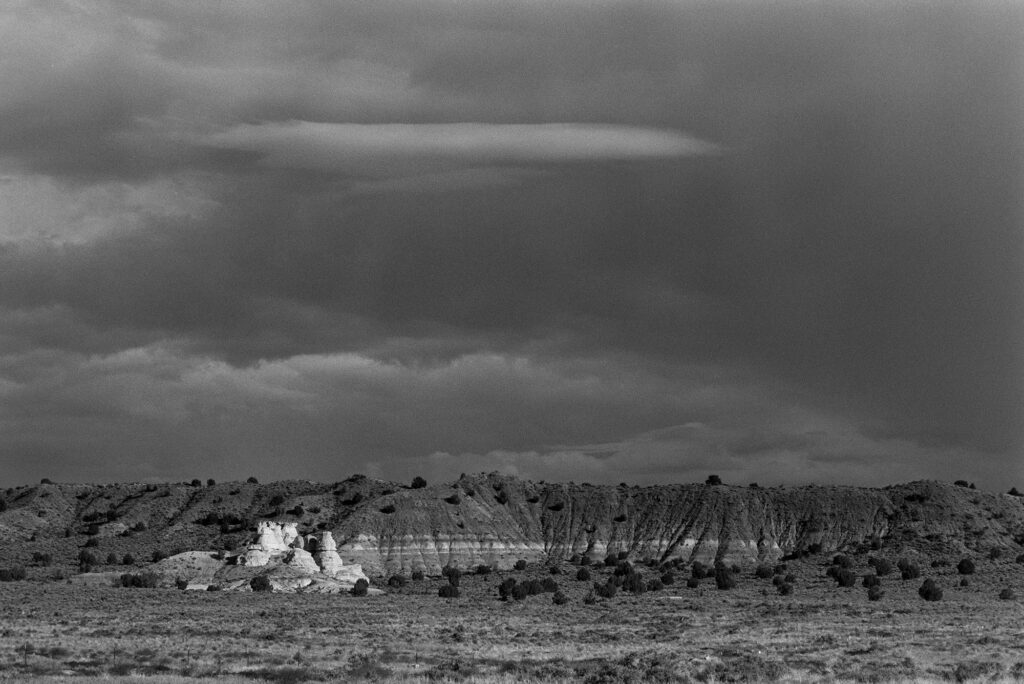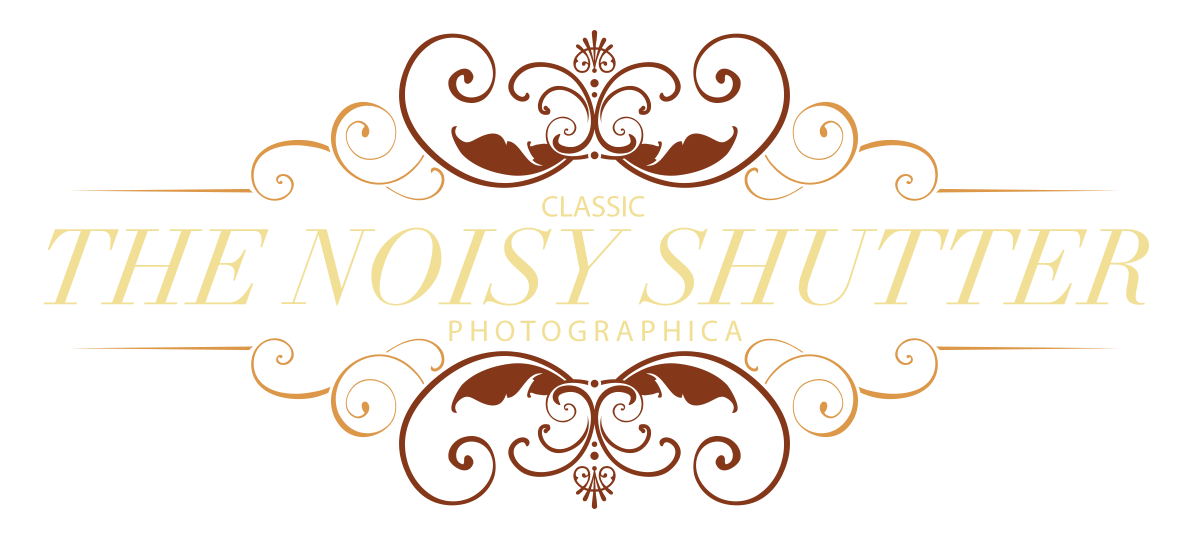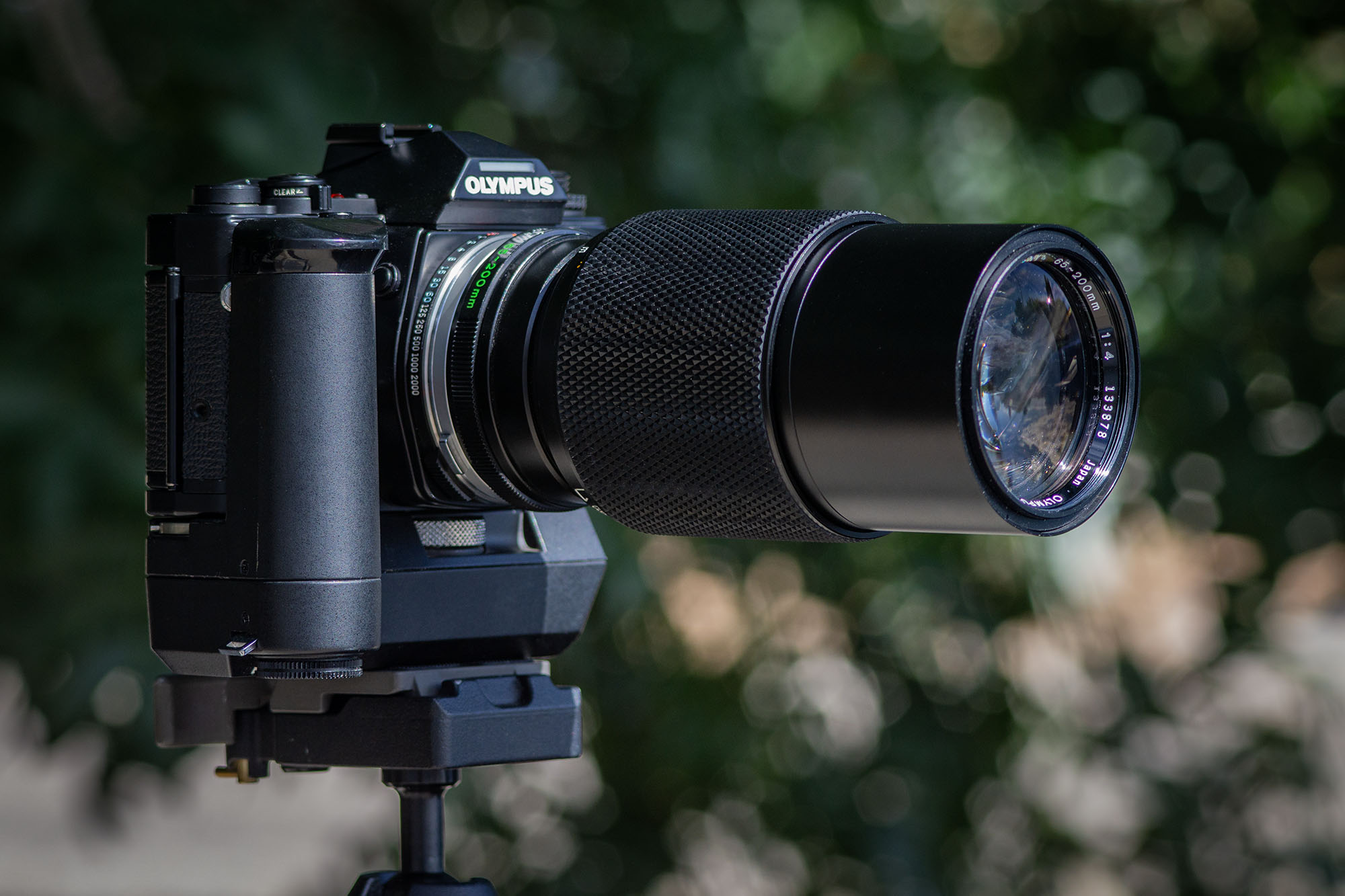This lens came along with a bunch of miscellaneous Olympus gear, including the OM-2 camera I reviewed earlier. I have been using this on Olympus OM-4 and OM-2 bodies as well as a Sony digital mirrorless body. It has proven quite capable for a vintage zoom.
All my Olympus lenses handle beautifully, in my opinion. I feel Olympus made extra effort to build lenses that would last generations and perform well. Design and manufacturing of zoom lenses introduce challenges that are not present in primes, and I have developed a slightly lower standard for their image quality capabilities. I think the gap between prime and zoom image quality has narrowed dramatically in recent years, but that gap was very real back in the film era. That said, this lens performs admirably.

There are some features that I consider very positive about this lens. First, I like having the one-touch zoom with a very grippy, wide control ring. Focus and zoom are done simultaneously and accurately. The mechanical feel of this ring is still very good after all these years.
Another positive feature is the extended focal length range. Most manufacturers had similar offerings, but with focal length ranges like 80-200mm or 70-210mm. Olympus, for whatever reason, decided to open up the bottom end to 65mm. I’m not sure why they chose to do that, but I like it. I know there was plenty of competition from third-party brands, and this may have been a marketing tactic.

The macro function is engaged when the focal length is set at 200mm, and the ring is turned to the left into the “Close Focus” range. It also reaches a magnification ratio of 1:3, edging out other “macro” zooms, many of which only reach 1:4. I like having a lens with a macro or close-focus option in the bag; I never know when it will come into play. Sometimes it is a small detail that catches my attention, and a photo is warranted.
Many major manufacturers of that era included an integral sliding lens hood as part of the design, and Olympus followed suit. I appreciate this, as I believe that lens hoods are an underrated tool for improving image quality. I still like my rubber lens hoods for protection, but having a sliding hood is very convenient. Integral lens hoods are always there and should not generate a vignette at any focal length.

One potential point of frustration with old zooms is that most lose a considerable of light transmission as one zooms out. This is evident as a range of aperture values for a particular lens, such as f3.5-5.6 or such. Older camera bodies had dark focusing screens, and the micro prism or split image focus aid would often black out at around 5.6, making it more difficult to focus.
Another problem can occur if one is shooting in manual mode and a change in focal length requires a change in exposure. Flash photography with non-TTL flash systems can result in underexposed images at maximum focal length unless one remembers to compensate. This lens has a constant f4 maximum aperture, which is another piece of evidence that Olympus cared about the small details.

Ok, it’s time for the drawbacks. One possible issue is that the whole front of the lens turns as one focuses. This really only becomes a problem is the photographer is using position-dependent filters, such as polarizers or variable ND or colored filters. The solution lies in the order of operations: focus first and then adjust the filter. My experience seems to indicate that this particular lens is less likely to be used with those filters; they are more apt to be used on wide-angle to normal lenses when shooting landscapes.

Weight is another consideration. The painful reality is that there is a sacrifice required to carry around that much zoom capability. I’m confident that the alternative of carrying an 85mm, 105mm, 135mm, 200mm plus a macro lens will result in a higher likelihood of lower back problems. When paired with an equally capable zoom covering 35-70mm, this represents a convenient and compact kit that handles most situations quite well.

Vintage zooms, with the possible exception of high-end pro optics, typically share certain commonalities. Image quality degrades a bit when, A: At maximum aperture, B: At minimum aperture, and C: At the longest focal length. This lens is no different, and performs the best in the middle apertures. Having the extremes is nice when they are needed.
The reality for me is that, being cognizant of the image degradation at those extremes, I rarely use them. I work mostly in the short-to mid-range focal lengths and avoid the 200mm extreme. I only use f22 or f32 when I am testing a lens to see what happens at that aperture. Likewise, I rarely shoot wide open with telephotos and prefer to work at f5.6 or f8. In that range I can keep my subject well inside the focal range and still blur the background.

Overall, I have found this lens to be quite capable. I’ll be honest that there is nothing very special about it in terms of features or character; it simply does an honest job. The build quality inspires confidence, as the fit and finish are still top-drawer. Optically, it seems to perform better than many vintage zooms (and many modern “kit lenses”). I believe it represents a solid value, as current prices are little more than a dinner for two, and this lens will last longer.

Specs:
Designation: Olympus OM-System Zuiko Auto-Zoom 65-200mm f4
Manufacturer: Olympus, Japan
Introduced: 1983 (sources vary)
Weight: 730g (25.7 oz)
Optical Construction: 14 elements in 11 groups
Maximum Aperture: f4, constant
Aperture Range: f4-f32
Aperture Construction: 8 blades, straight
Filter Diameter: 55mm
Minimum Focal Distance: 1.2m (3ft,11in)
“Close Focus” Minimum Distance: 0.85m (33.5in)
Magnification Ratio: 1.3

